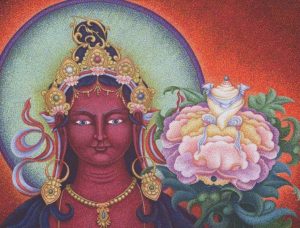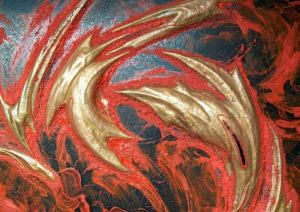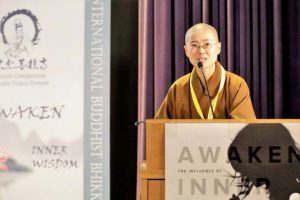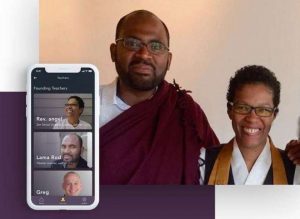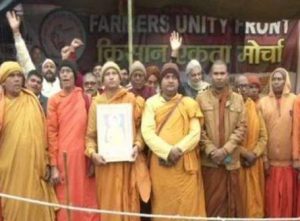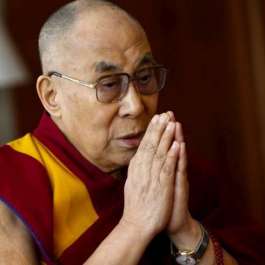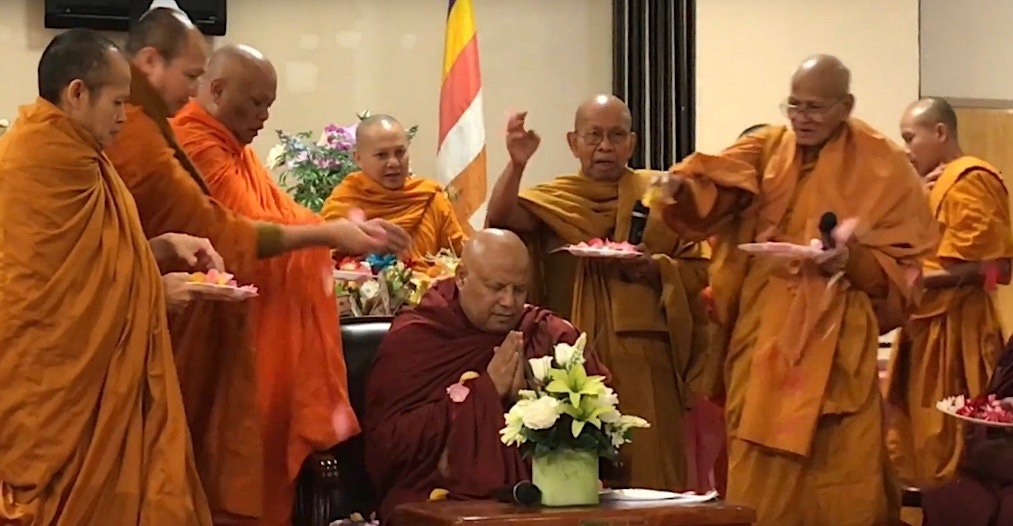
It is a cold winter’s day in early December, and a Buddhist monk is being showered with flower petals. The location is the Elks Lodge in Lowell, Massachusetts, and the occasion is the celebration and commemoration of 40 years of monkhood for Venerable Dr. Bhikkhu Praghyalok.
He sits on a chair before a golden statue of the Buddha decorated with flowers and offerings in a mark of devotion from the local Buddhists. Fellow monastics from surrounding states and of diverse ethnic communities, chant and offer flowers to Ven. Dr. Bhikkhu Praghyalok, in a gesture of respect and blessing.
Born in in the historical city of Banepa in Nepal in 1957, this remarkable monk received novice ordination in 1977 and higher ordination in 1979 under the late Ven. Pragyananda Mahathera, the sangha nayaka (patriarch) of Nepal. He also trained and received a monastic education under the teacher, Ven. Buddhaghosa Mahathera, the 5th sangha nayaka of Nepal.
An outstanding scholar, Ven. Dr. Bhikkhu Praghyalok went on to accumulate stellar international qualifications, including a Sadhamma Palaka certificate in Buddhist Studies from the Akhil Nepal Bhikkhu Sangha in 1979. In 1980–2, he received his high school education at the Pali Uparom Institute affiliated with Mahachulalongkornrajavidyalaya University, one of two public Buddhist universities in Thailand. Subsequently, Ven. Dr. Bhikkhu Praghyalok received a post-graduate diploma in Monastic Buddhist Education from Dharmachakra Vidyapitha in Sri Lanka in 1985. This was followed by a BA in Buddhist Studies at the Buddhist and Pali University of Sri Lanka in 1994, and an MA in Buddhist Studies at the same university in 1995.
In 2005, he received an EdM from Lesley University in Cambridge, Massachusetts, and then a PhD from Sampurnanand Sanskrit University in India in 2011.
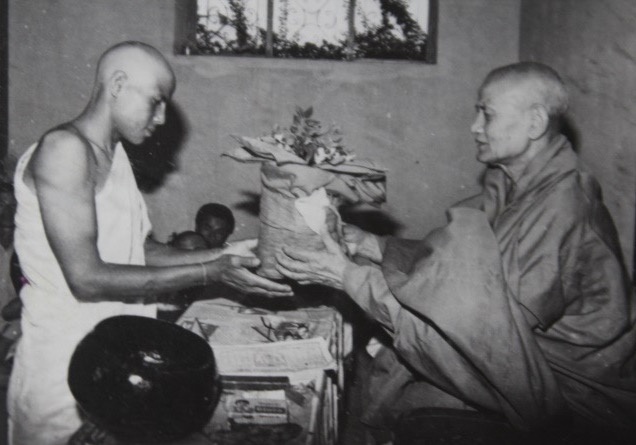
I recently had the opportunity to interview Ven. Dr. Bhikkhu Praghyalok at the International Shakyamuni Buddha Vihara and Vipassana Center in Lynn, Massachusetts, a center he founded in 2006. The vihara “welcomes all the faithful practitioners, regardless of religious, social, or ethnic background in an effort to gain wisdom through the practice of morality and meditation.”
The vihara hosts daily morning Triratna Vandana and Vipassana Bhavana practices, evening chanting mediation practice, as well as cultural events, occasional ordination ceremonies, and Buddhist celebrations. It is also the seat of the Venerable’s numerous charitable activities, both in the US and in his homeland, which expand with each year. The projects include training and educating Nepali monks in Nepal and Sri Lanka through the International Bhikkhu Training Foundation, founded in 1995, establishing the Karunamaya Human Development Foundation (KHDF) in Nepal in 2005 and in Lynn in 2006, which assists with earthquake recovery, among other activities, and establishing the International Monastic Buddhist College in Nepal in 2011.
In talking about his extensive and ambitious work, Ven. Dr. Bhikkhu Praghyalok begins by invoking the Buddha’s very first discourse, known as Turning the Wheel of Dhamma (Pali: Dhammacakkappavattana Sutta), delivered at the Deer Park in Varanasi, northern India.
He quotes the Buddha:
“Released am I, monks, from all ties, whether human or divine. Go now and wander for the welfare and happiness of gods and men. Let not two of you proceed in the same direction. Proclaim the Dhamma that is excellent in the beginning, excellent in the middle, excellent in the end. Proclaim the life of purity, the holy life consummate and pure. There are beings who will understand the Dhamma. I shall go to Uruvela, the Senenigama, to teach the Dhamma.”
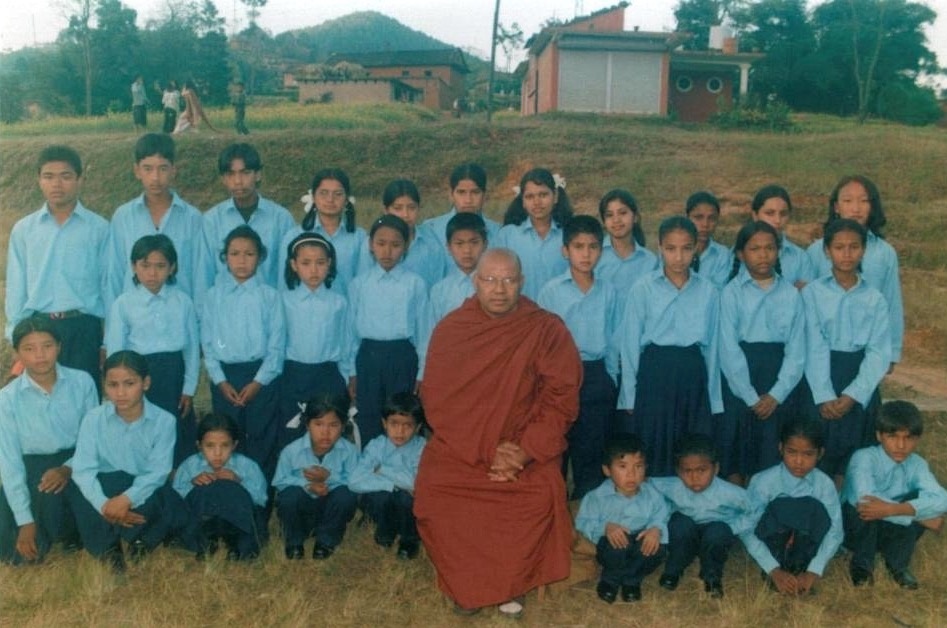
Ven. Dr. Bhikkhu Praghyalok explains that following the Buddha’s admonition the disciples began their journey, walking from village to village, from city to city, from district to district teaching the Dhamma. As he speaks I see in this monk before me an acute continuation of these direct words; a man intent on living the Buddha’s teachings from more than 2,600 years ago.
He then speaks about the Buddhist Eight-fold Path, specifically the first practice of Sammaditthi Sutta, Pali for right view/understanding. “Each and every country has created their own Buddhist icon in their own way. But we don’t take refuge in the statue. The statue is a representation of enlightenment. We take refuge in enlightenment,” he says. “Even though we pray to statues of the Buddha, the Buddha is not a statue or a figure. He is enlightenment.”
Ven. Dr. Bhikkhu Praghyalok explains that when we say the word “enlightenment,” we should not think of any particular figure. He says that this is the highest enlightenment, the enlightenment of Shakyamuni Buddha: “He understood reality. He had no confusion.”
And that, Venerable Dr. Bhikkhu Praghyalok says, is why the first of the Buddha’s Eight-fold Path is right view/understanding. “If you are confused, it means you don’t have right understanding,” he says, noting that, “Monks are free from family, so they are free to take care of the suffering.”
Ven. Dr. Bhikkhu Praghyalok’s life has invariably been one of tireless aid to the suffering. This service began with efforts in his native Nepal, where he first ordained 15 young monks, and will culminate in the realization of an intra-Buddhist mega-center in the US, known as the Swyambhu Project for the United International Sangha Center (SPUISC).
The goal of the SPUISC is to have a large plot of land with a pagoda, accommodation for monastics, and 10 houses to accommodate seekers and devotees who wish to worship and conduct research and cultural programs. This massive effort is being coordinated by representatives of 15 Buddhist nations: Bhutan, Cambodia, China, India, Japan, Korea, Laos, Mongolia, Myanmar, Nepal, Singapore, Sri Lanka, Taiwan, Tibet, and Vietnam.
The vision includes having Buddhist chants performed each day in a different language, with Buddhist art from each country also on display. In order to facilitate this vision, Ven. Dr. Bhikkhu Praghyalok recently drove across the US, visiting temples and monasteries to distribute information on the project and on the International Monastic Buddhist College in Nepal.

One could say that there is also a larger goal at hand from this labor, which is, in his own words: “To unite the sangha. We are all followers of the Buddha, even though we wear different cloth. The sangha should unite for the benefit of the younger generation. We need an open mind. We should be united—this is the meaning of the sangha: coming together.”
Ven. Dr. Bhikkhu Praghyalok and the 11 members of the board of directors for the proposed project are currently looking for a suitable site of at least 10–20 hectares, offering space for future expansion. As he has been in Massachusetts for the last 16 years, Ven. Dr. Bhikkhu Praghyalok hopes to find land there to “have something to serve the state of Massachusetts, and to serve the country.”
Recalling the 40th anniversary of his monkhood, when monastics from several countries showered the Venerable with multi-colored rose petals, it seemed to me to be a precursor to the Swyambhu Project.
At the end of my visit to the International Shakyamuni Buddha Vihara and Vipassana Center, Ven. Dr. Bhikkhu Praghyalok showed me a letter he had penned to outgoing American President Barack Obama. In the letter, he thanks the president for the opportunity to practice Buddhism in the US and offers to bring representatives of the Buddhist sangha to the White House in the remaining days of his presidency to bless the president.
This letter underscores Ven. Dr. Bhikkhu Praghyalok’s humility, commitment, and outpouring of service to Buddhism in America and beyond. Remarkably, he does not regard his extraordinary work as anything unusual. Instead, he simply offers: “This is how a monk’s life should be.”


